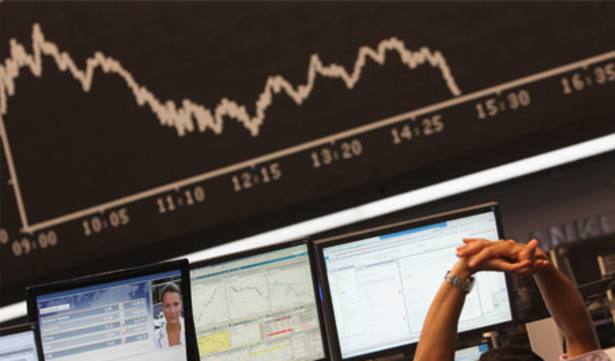Not very, according to Mr Dampier.
He said: “Multi-asset funds have served investors pretty well over the last 30 years. If there is a steep rise in interest rates the danger is that multi-asset fund investors might be massively disappointed when there is a crunch.
“Diversification at the moment is hard. If the government starts moving away from quantitative easing and you are an investor that buys UK All Companies, people will be expecting things to be hard, but multi-asset fund investors may not be expecting things to get as hard.”
Over the past 10 years multi-asset fund sectors have shown that although they have been more resilient to shocks, they do not have as great a growth potential as the UK All Companies sector, which is to be expected.
According to some advisers there is a place for multi-asset funds, primarily because of this protection they offer.
However, Brian Dennehy, managing director at Dennehy Weller & Company, does not believe multi-asset always provides the best value for investors.
Mr Dennehy said they are being promoted by advisers because the majority find it harder to manage the individual focused funds.
He said: “The advisers are the ones who are choosing these funds on behalf of advised clients, but there is an inherent problem with multi-asset funds. They are more expensive and compromise on performance.”
He explained that this is largely because advisers are not picking the funds themselves. Although they might get a fact sheet with information about the fund, it still does not allow them to get full visibility of the different funds in order to make “critical decisions”.
Echoing his thoughts, Abraham Okusanya, consultant at FinalytiQ, said most multi-asset funds were not doing what they said on the tin.
Downside protection
Mr Okusanya said: “From what we have seen there’s no evidence they can provide downside protection, if you look at their performance. When the market goes up they go up. When the market goes down they go down.”
However, Mr Wilson said there is added value in multi-asset funds. He said: “If you just consider the main market shocks of 2011 European Sovereign Debt crises, the 2013 US Taper Tantrum and more recently the June 2016 UK Midcap sell off – the FTSE All Share experienced a larger sell off than the multi-asset sectors.”
He pointed to stats collated by FE, which showed that the three multi-asset sectors had grown at a more stable rate than the fluctuating FTSE All Share Index. Since January 2007, the Multi-Assets 0-35 Per Cent Shares in TR GB has grown 43.62 per cent, the 20-60 Per Cent Shares have gone up 53.8 per cent, while the 40-85 Per Cent Shares jumped 71.79 per cent.






